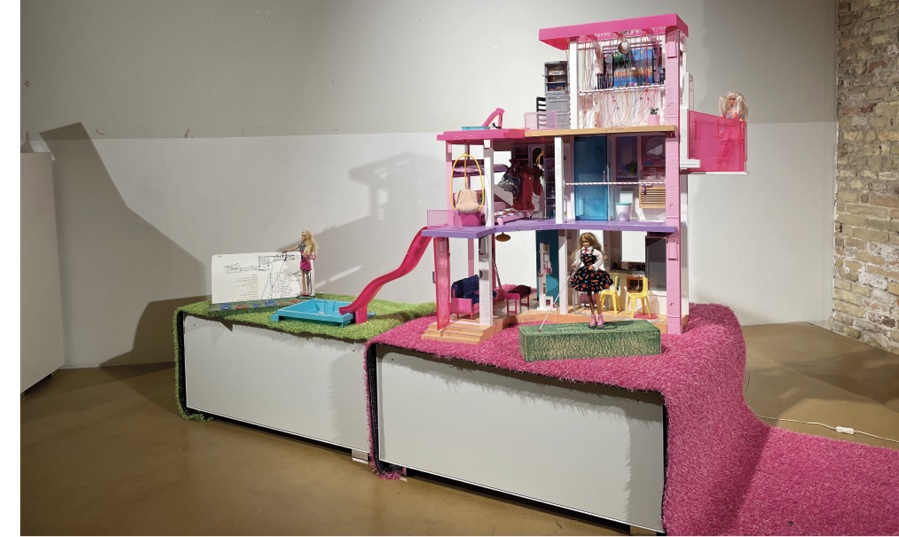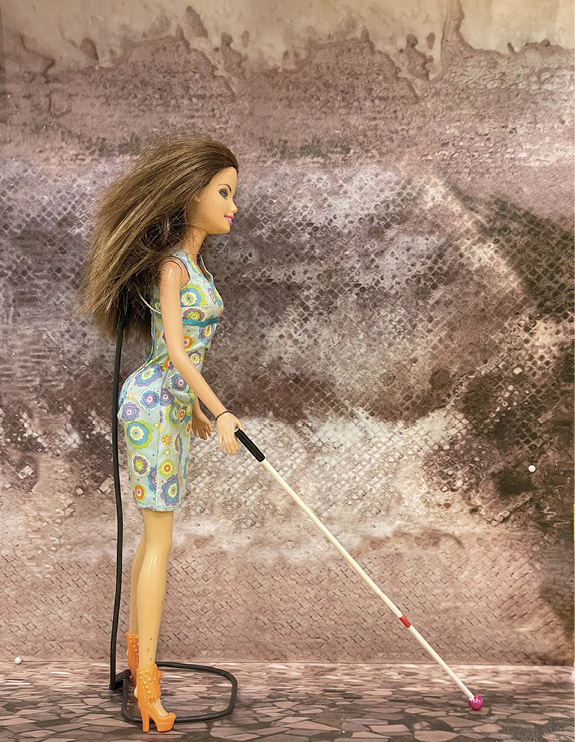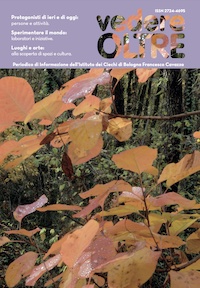“Every reality is in itself total. Everything in the universe is like the universe.”
Michel Granet in his volume on Chinese thought writes this very simple sentence that has always been a guide in my doing and thinking.
It means that in a small garden there is the world, just as in a pool of water we can find the entire complexity of the universe: each of its parts, each of its H2O molecules is subject to the same universal forces of gravity and electromagnetism that make the entire cosmos work.

So even a doll, of all the most seemingly superficial, can offer an opportunity to talk about and experience autonomy design. This is the thought that guided the Ptolemy Museum’s workshop during the “tampering” of Barbie’s dream house, and it was done in order to recount more than two hundred devices, aids, strategies, possible solutions to make a home the place of autonomy for the visually impaired.
The occasion was an event organized at the Design Collection section of the Omero State Tactile Museum in Ancona.
The thought of this opportunity starts from a simple fact, which is in everyone’s sight, indeed in everyone’s hands: the key to Barbie’s extraordinary success is by nature linked to the tactility and multi-sensoriality of Mattel’s design, it is linked to its being a global, multi-sensory three-dimensional representation. It is therefore “a total reality in itself”: it contains Barbie herself, her clothes made of different woven materials, her accessories and she inhabits her space. Ruth Handler, cofounder of Mattel with Harold Matson and her husband Elliot Handler had a great insight: adding the third dimension and multi-sensoriality to the two-dimensional paper dolls to be cut out and dressed and with which their daughter Barbara played.
The aim was to make the play experience more complete by making it three-dimensional and tactile, to offer the opportunity to experience the construction of identity through a doll in a small way. It is not simply a doll that has taste in dress and character but a design project that aims to change society. Like all objects of the best design, it responds to pedagogical thinking: it does not just suggest elements of leisure play but shows how it can change the way we think–represent ourselves–in the changing society.

Barbie has her own grammars and practices. These include the possibility of creating a “One-of-a-kind” (OOAK) model, i.e., the construction of a one-of-a-kind Barbie by female consumers: modifying with the stereotype Barbie to create a unique copy that testifies to our thoughts on Barbie. It is the narrative device, the plot that leads to the development of the entire film and the topics discussed around the work of Greta Gerwig, American director, screenwriter and actress: the use of things modifies the things themselves. We are no longer simply educated by things, but we can educate ourselves, through the use and the modification of play practices, the things themselves. So, we came up with the idea of making an OOAK dream house with a visually impaired Barbie in mind. Compelled to equip her home with facilitating elements for orientation and mobility, for domestic autonomy and for autonomy in general Barbie rewrites play practices, rules for inhabiting the dream house. The result is a sampling of elements that are a synthesis of years of research and study: Barbie’s house was therefore supplemented by elements that we normally design on a full-scale basis to make the rooms accessible. We did this without denying the chromatic and material style of the Barbie universe: the white stick ending with the pink-coloured tip or Braille written with glitter dots. The OOAK dream house OOAK thus becomes an opportunity to talk about the importance of autonomy and how to achieve it and shows that it is part of the construction of one’s identity, self-esteem and is therefore a driver of self-determination. Doing so with the Barbie universe meant not simply riding on the success of the film phenomenon released in late spring but making it a manifesto of shared imagery. A thought in closing: there is no autonomy and self-determination if there is not the imaginative dimension activated and shared, placed in relation with others, where one’s skills are measured and verified.
This is why it is important to make use of mainstream toys in the relationship space to develop imagination and thus representations of the world which help us understand the paths to autonomy and thus self-determination.





.png)